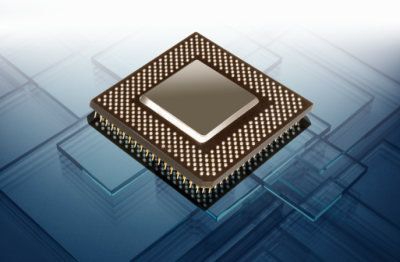| 型号 | 品牌 | 获取价格 | 描述 | 数据表 |
| OP227BIEY | ADI |
获取价格 |
IC DUAL OP-AMP, 140 uV OFFSET-MAX, 8 MHz BAND WIDTH, CDIP14, HERMETIC SEALED, CERAMIC, DIP |

|
| OP227BIFY | ADI |
获取价格 |
IC DUAL OP-AMP, 200 uV OFFSET-MAX, 8 MHz BAND WIDTH, CDIP14, HERMETIC SEALED, CERAMIC, DIP |

|
| OP227BIGY | ADI |
获取价格 |
IC DUAL OP-AMP, 280 uV OFFSET-MAX, 8 MHz BAND WIDTH, CDIP14, HERMETIC SEALED, CERAMIC, DIP |

|
| OP227BY/883 | ADI |
获取价格 |
IC DUAL OP-AMP, 8 MHz BAND WIDTH, CDIP14, HERMETIC SEALED, CERAMIC, DIP-14, Operational Am |

|
| OP227CY/883 | ADI |
获取价格 |
IC DUAL OP-AMP, CDIP14, CERAMIC, DIP-14, Operational Amplifier |

|
| OP227E | ETC |
获取价格 |
Analog IC |

|
| OP227EY | ADI |
获取价格 |
Dual, Low Noise, Low Offset Instrumentation Operational Amplifier |

|
| OP227F | ETC |
获取价格 |
Analog IC |

|
| OP227FY | ADI |
获取价格 |
IC DUAL OP-AMP, 120 uV OFFSET-MAX, 8 MHz BAND WIDTH, CDIP14, HERMETIC SEALED, CERAMIC, DIP |

|
| OP227G | ETC |
获取价格 |
Analog IC |

|
 日本芯片代工厂JS Foundry濒临破产 激进扩张致负债161亿日元
日本芯片代工厂JS Foundry濒临破产 激进扩张致负债161亿日元

 LG电子进军HBM制造关键领域 混合键合设备研发瞄准2028年量产
LG电子进军HBM制造关键领域 混合键合设备研发瞄准2028年量产

 博通10亿美元半导体工厂计划搁浅 西班牙谈判破裂背后暗藏政治变局
博通10亿美元半导体工厂计划搁浅 西班牙谈判破裂背后暗藏政治变局

 英特尔联手台积电2nm工艺 Nova Lake芯片流片完成引爆业界期待
英特尔联手台积电2nm工艺 Nova Lake芯片流片完成引爆业界期待
